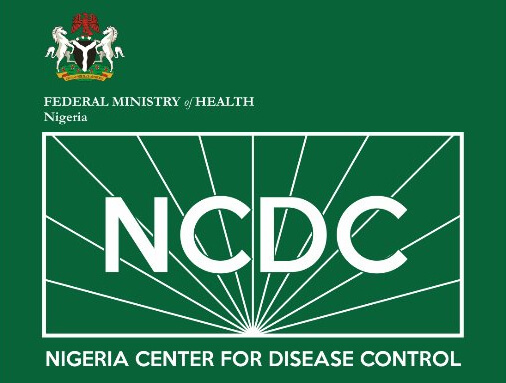The Nigeria Centre for Disease Control and Prevention (NCDC) has reported a concerning increase in Lassa fever cases in Ondo and Edo states. In its latest Lassa Fever Situation Report, covering week 39 of 2024, the agency revealed that nine new confirmed cases were recorded in these states, marking a significant rise from the four cases reported in the previous week.
According to the NCDC, this surge is part of a broader trend in 2024, with the total number of Lassa fever infections across Nigeria now standing at 1,018. The disease has spread to 28 states so far, with 172 deaths reported by the end of September. The Case Fatality Rate (CFR) has slightly increased to 16.9%, up from 16.8% during the same period in 2023.
The report highlighted that Ondo and Edo states remain hotspots for Lassa fever, with the two states alone accounting for a significant portion of all cases recorded in 2024. “Ondo reported 28 per cent of the cases, followed by Edo with 23 per cent and Bauchi, 17 per cent,” the NCDC noted.
The most affected age group ranges from 31 to 40 years, and the disease has impacted both men and women equally. However, the NCDC pointed out a silver lining: no healthcare workers were affected during the reporting week, which is a positive development given the increased number of infections.
Despite ongoing efforts to curb the spread of the disease, the rising number of deaths remains alarming. The NCDC attributed the high CFR to several factors, including late presentation of cases, poor health-seeking behavior, and inadequate environmental sanitation in areas heavily affected by Lassa fever.
The NCDC emphasized the challenges posed by these factors, stating that they make it difficult to reduce the number of fatalities. Limited access to timely treatment in many communities is another significant hurdle.
In response to the rising cases, the National Lassa Fever Technical Working Group (TWG) has been working to coordinate the response across the country.
Alerts have been sent through the Nigeria Preparedness and Readiness Alert System (NPRAS) to inform health workers and stakeholders of the ongoing situation. Additionally, various partners and organizations have introduced several interventions to support the fight against the disease.
The NCDC also raised concerns that the increasing threat posed by Lassa fever could worsen in the coming years, particularly as climate change continues to expand the risk to millions of people globally.
According to the World Health Organisation (WHO), Lassa fever is recognized as a pathogen with high outbreak potential. Currently, an estimated 700 million people are at risk, as environmental conditions change.
Symptoms of Lassa fever include fever, headache, muscle pain, and in severe cases, swelling and bleeding. Survivors of the disease often experience long-term complications, such as deafness, making it a critical public health issue that requires urgent attention.









